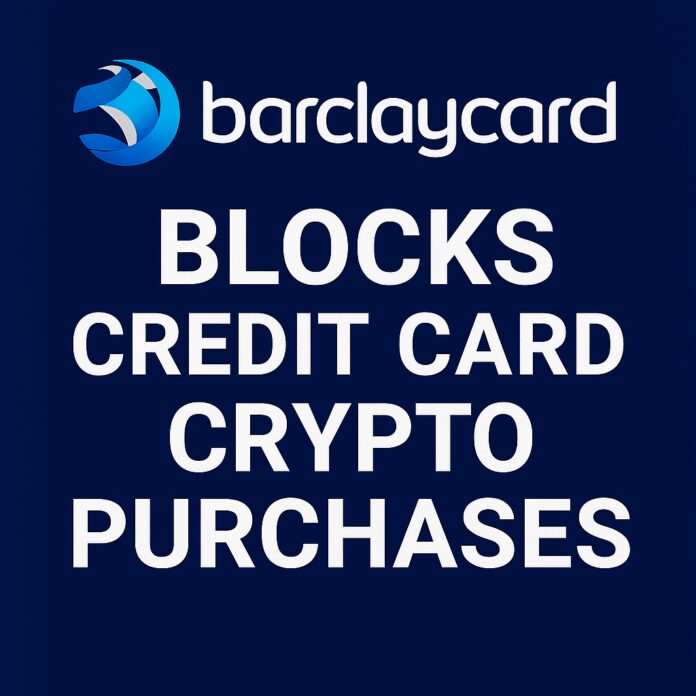In a notable policy change, Barclaycard, the credit card division of Barclays Bank, has blocked all crypto purchases made with its credit cards. The move reflects the growing tension between traditional financial institutions and the evolving digital asset space — and signals a more conservative stance as regulatory uncertainty lingers.
What’s Changing
Effective immediately, Barclaycard users in the UK and potentially across the EU are no longer able to:
- Purchase cryptocurrencies via centralized exchanges using their credit cards
- Top up crypto wallets or invest in digital assets using revolving credit
Debit card transactions for crypto remain unaffected (for now), but the restriction on credit suggests concerns over consumer debt risk, volatility, and regulatory compliance.
The Bank’s Position
Barclaycard stated that the decision is part of its “ongoing review of risk controls and customer protections.” While it did not single out crypto platforms by name, insiders suggest the bank is particularly wary of:
- Unregulated exchanges
- Insufficient KYC/AML frameworks
- Volatile and speculative token markets
Industry Context
This isn’t an isolated decision:
- Several UK banks, including HSBC and NatWest, have previously blocked or limited crypto-related transactions.
- Credit card issuers in the U.S. and Europe have long debated whether crypto purchases constitute a misuse of unsecured lending.
The overarching theme: traditional banks are still uneasy with crypto’s risk profile, especially when customers borrow to invest.
Implications for Users
| Impact | What It Means |
|---|---|
| Retail access reduced | Users must rely on debit or bank transfers for crypto buys. |
| Leverage limitations | Reduced access to unsecured funding may limit risky speculation. |
| User frustration | Crypto-savvy customers may see this as backward or paternalistic. |
Final Take
Barclaycard’s move underscores a broader conservative shift in legacy finance — one that prioritizes regulatory caution over access to innovation. While the decision may frustrate some crypto users, it also reflects real concerns about customer protection and debt exposure.
For crypto platforms, this reinforces the need to build trust with traditional institutions and regulators alike. For users, it’s a reminder: the bridge between Web2 banking and Web3 finance is still under construction — and occasionally closed for repairs.



